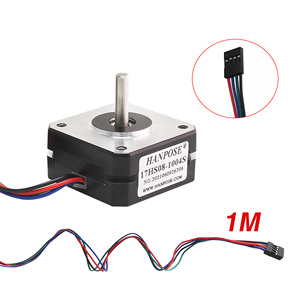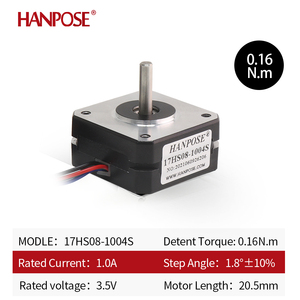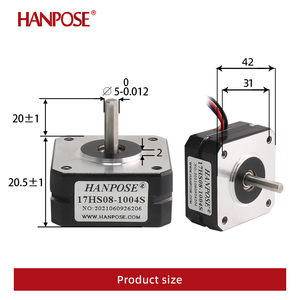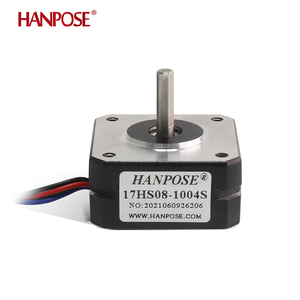(1144512 products available)



















































































































































































































Motor transmission can be categorized into four main types. They include:
Automatic transmission
In this type of motor, the system automatically adjusts the power supplied to different areas without a person having to do anything. It is simpler to drive an automatic as one does not have to keep switching gears like in some other cars).
Manual transmission
One has to switch the gears themselves by using a clutch pedal and a gear stick. This type of transmission gives a lot of control to the drivers, and thus, it is preferred by those who like more involvement in driving. People are now slowly shifting to automatic types.
CVT (continual variable transmission)
This is a kind of transmission that does not have any fixed gear shifts. It offers an infinite number of gear ratios, which helps in getting the optimum performance depending on the situation while driving. This transmission is very commonly found in hybrids or very smooth-finished cars.
DCT (dual clutch transmission)
DCT is a type of transmission involving two clutches for odd and even gears. It switches very quickly and smoothly because it is like a manual transmission that works automatically. Many sports and high-end cars use this for their better performance.
Automotive industry
The automotive industry is the industrial sector where motor transmission is mainly and widely used to move vehicles. Manual, automatic, and CVT gear systems are embedded into cars, trucks, and buses, which bring about smooth motion and power toward the wheels from the engine.
Manufacturing industry
Transmission systems are also found in the manufacturing industries, where motors move machines and equipment. They help in the transportation and mixing of ideas and are used in systems such as conveyor belts, robotic arms, and other machine elements.
Aerospace industry
In the aerospace industry, gears and motors transmit power to aircraft engines and control systems. They are crucial in the operation of flying planes and helicopters, thus warranting a need for reliable transmission.
Agricultural sector
Farm equipment such as tractors and harvesters greatly relies on motor transmissions to carry out tilling, planting, and harvesting operations. These applications commonly use manual, hydrostatic, and planetary gear systems.
Renewable energy sector
In the renewable energy industry, motor transmissions are used in wind turbines and other power generators. In wind power, for instance, the gearbox converts the slow rotational motion of the blades into a fast motion to rotate the generator and produce electricity.
Robotics and automation
Robots and automated systems use electric motors and gear systems to enhance movements and perform tasks. The precision in the transmission system is very important here because it influences the accuracy and effectiveness of the task.
Compatibility
The transmission for a motor needs to have a good relationship with the kind of engine and vehicle or machine it will be applied in. People should ensure that the transmission they are buying works well with their engine in terms of power and performance.
Type of transmission
The buyer should consider the sort of transmission - manual, automatic, DCT, or CVT - based on his/her driving style, vehicle usage, and personal preferences. Each type has its own advantages that can be interesting or off-putting depending on one's taste and usage needs.
Duty or usage
The performance of the vehicle and how it will be used should be considered in selecting a transmission. Heavy-duty or off-road applications, for example, may need transmission systems that are more robust, such as DCT motorhome motor and planet gear, while standard road use may only require simple CVT or automatic.
Gear ratios
Gear ratios relate to how efficiently the engine's power gets to the wheels. Higher or lower gear ratios will better suit certain situations and preferences. For example, lower ratios will provide better torque for difficult working conditions, while higher ratios will enable smoother and better speed for normal driving conditions.
Maintainance requirement
The buyer should consider how much maintenance work is required with different types of transmissions. Some need a lot of oil shifts and check-ups, while others are moreoit-friendly and easy to work with. The needs of a person's lifestyle or working conditions should be kept in mind to ensure adequate maintenance of the transmission system.
Budget and costs
The cost of the transmission system, as well as the future expenses of installation and repair, should be evaluated. A simple transmission system may be relatively affordable, but complex ones, such as DCT and CVT, may tend to be pricier because of the technology involved with these systems. People should weigh the benefits over the costs and then make a decision based on what financial situation allows after looking at all the factors.
Essential vehicle system
Transmission systems enable the power derived from motors or engines to be easily and efficiently conveyed to the wheels in such a way that optimum functional performance is achieved. A transmission aids in properly vehicle motion by controlling speed and ability, hence making it a system very necessary for the functioning of motor vehicles.
Growing technology
There are lots of improvements in motor transmissions, particularly with automation technology and electronic controls. These enhancements are making transmissions smoother, more fuel-efficient, and better in performance, thus increasing their attractiveness, especially with most buyers.
Diversity of options
There are many different types of transmissions: manual, automatic, DCT, CVT, and others, which make it easy for the various customers and applications out there to get suitable ones. The variation in the way these systems are used makes it possible for more people to find a system that meets their driving or industrial needs.
Increased vehicle performance
A good transmission system enhances vehicle performance by enabling smooth power transfer, better fuel economy, and optimal control. Many potential customers know how important good-transmission systems are for vehicle efficiency, especially when they want to buy one.
Needs for heavy-duty applications
With the cars and trucks that are used for over the road and in off-the-road conditions, there is a large demand for motor transmissions. Different industries and agriculture, construction, and transportation all depend on good handling of transmissions so that machinery and equipment can effectively accomplish their tasks.
Aftermarket replacement
Transmissions can sometimes wear out or malfunction and, therefore, require replacement, which makes transmission systems have a good market potential. Customers seek replacements or upgrades, therefore, fueling the business of the transmission market.
Hybrid and electric vehicle transmission
Transmission is an important part of a hybrid vehicle, and electric vehicles are also termed as they help to manage the flow of electric motors and help maintain a balance with other power sources. This growing vehicle category is also increasing the demand for more innovative transmissions such as eCVT or planetary gear systems.
Some signs are that the vehicle hesitates while changing gears, makes abnormal sounds, experiences slippage, and is hard to engage in changing gears. There may also be symptoms such as leaking fluid, which causes delayed responses, and warning lights on the dashboard, indicating that there is something wrong with the system.
They can select the right type of transmission based on work usage, vehicle type, and personal preferences. Speaking out with a professional and referring to the vehicle's manual can help people make the best choice.
Transmission fluid serves to lubricate, cool, and clean the internal transmission components while also facilitating smooth shifting. It works to avoid wear and tear and helps prevent overheating, hence making it very important for the efficiency of a whole system.
People should think of changing the transmission fluid after every 30,000 to 60,000 kilometers, depending on vehicle usage and the type of fluid. Routine checks on the owner's manual may give specific guidelines for that particular vehicle.
EVs primarily use different types of gear systems such as single-speed or eCVT because electric motors offer great flexibility in the transmission range. Although there are no differences between the gasoline and EV transmissions, motor transmissions focus more on efficiency and smoothness than on the typical combustion engine's complexity.